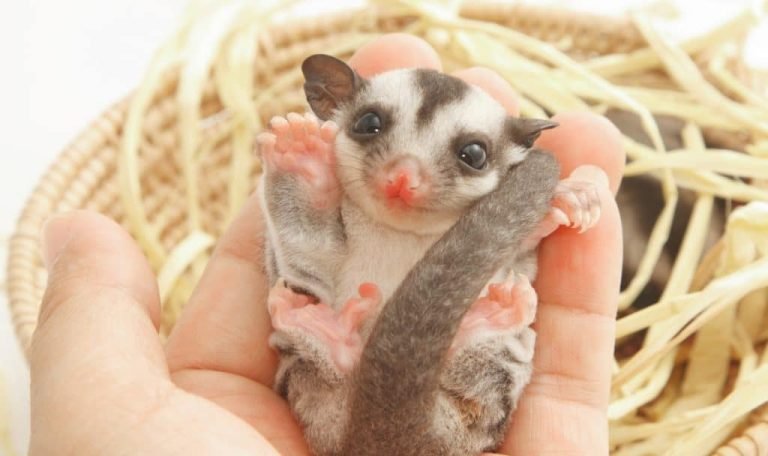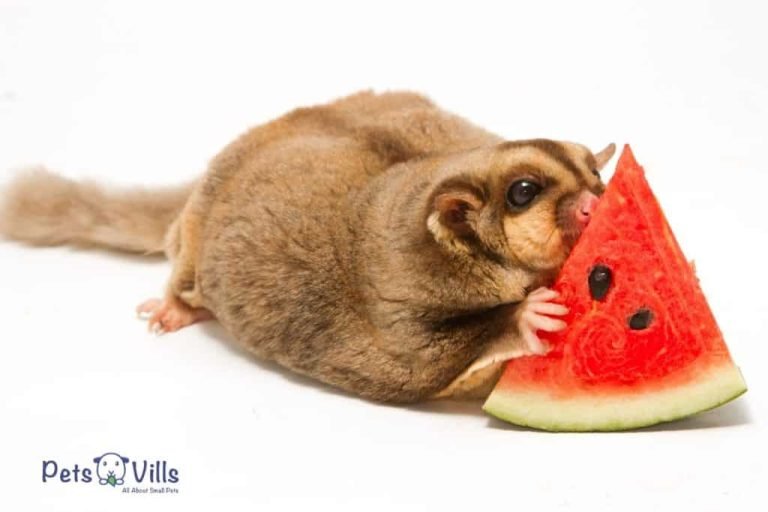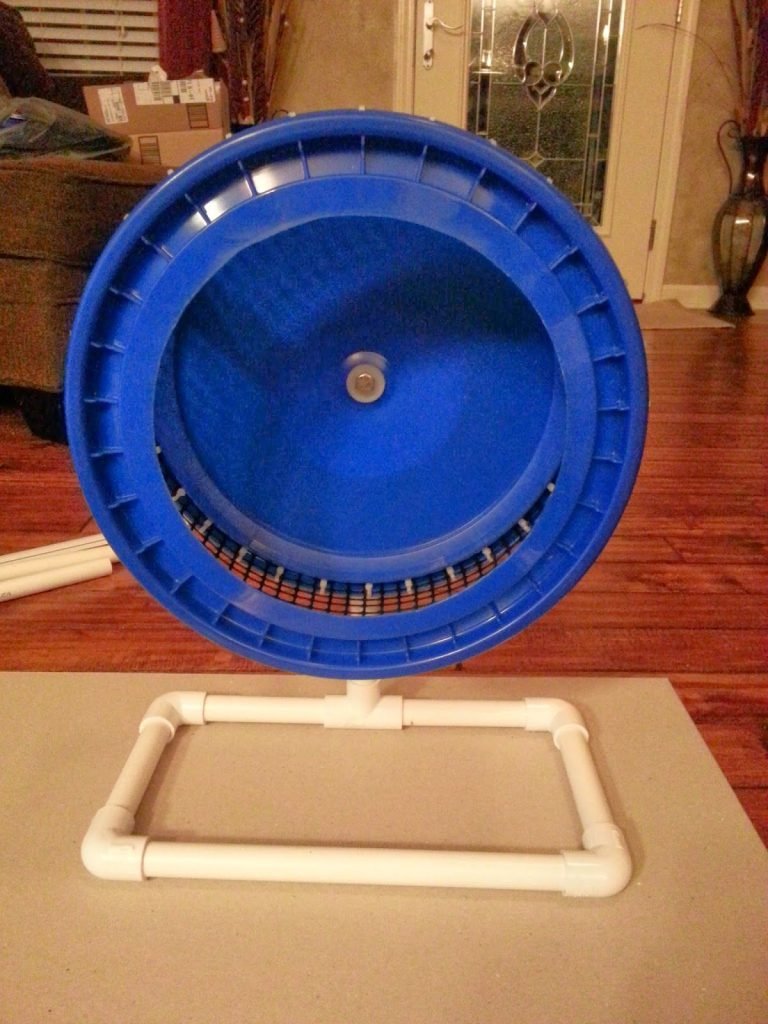What Do Sugar Gliders Like
Have you ever wondered what sugar gliders like? These small, lively creatures are native to Australia, Indonesia, and New Guinea, and they have become popular pets all around the world. If you’re thinking about getting a sugar glider or already own one, it’s important to understand their likes and preferences to ensure their well-being. In this article, we will explore what do sugar gliders like in terms of habitat, diet, playtime, and social interaction.
Habitat
Creating a suitable habitat for your sugar glider is crucial to their happiness and overall health. Here are some key things to consider:
Cage Size
Sugar gliders are active animals and need ample space to climb, glide, and explore. A cage size of at least 24 inches by 24 inches by 36 inches is recommended for a single sugar glider. If you have multiple gliders, a larger cage is necessary to accommodate their needs.

Vertical Space
Sugar gliders are natural climbers, so providing a habitat with plenty of vertical space is essential. Look for a cage with multiple levels or consider adding shelves, branches, or ropes to allow them to climb and exercise.
Nesting Material
Sugar gliders enjoy cozy sleeping areas, so provide them with soft nesting material such as fleece or coconut fiber. Avoid using materials like wood shavings or newspaper, as they can be harmful to their respiratory systems.
Diet
A balanced diet is crucial for the health and well-being of sugar gliders. Here’s what they like to eat:
Protein
In the wild, sugar gliders feed on a variety of protein sources including insects, small birds, and even nectar and pollen. To replicate their natural diet, provide a high-protein staple food such as a commercial sugar glider pellet, along with occasional live insects like mealworms or crickets.
Fruits and Vegetables
Sugar gliders also enjoy fresh fruits and vegetables. Offer a mix of produce such as apples, melons, papayas, carrots, and leafy greens. It’s important to note that sugar gliders have specific dietary requirements. Avoid feeding them foods that are toxic to them, such as chocolate, caffeine, onions, and garlic.
Gliderade
To supplement their diet and ensure they receive adequate vitamins and minerals, you can offer Gliderade. This is a liquid supplement specifically formulated for sugar gliders. Follow the instructions on the packaging for the correct dosage.
Playtime and Enrichment
Sugar gliders are highly active and social animals. They need daily playtime and mental stimulation to thrive. Here are some ways to provide enrichment for your sugar glider:
Gliding Opportunities
Sugar gliders love to glide from one point to another. Create gliding opportunities by setting up a safe and secure glider-proofed area where they can glide and explore. This can be as simple as allowing them to glide between branches or setting up a small playpen with branches and toys.
Toys and Accessories
Provide a variety of toys and accessories for your sugar glider to keep them entertained. Climbing structures, treat-dispensing toys, and small tunnels or pouches are all great options. Remember to regularly rotate and introduce new toys to keep things interesting for them.
Social Interaction
Sugar gliders are highly social animals, and they thrive on companionship. It’s ideal to have at least two gliders as pets, so they can engage in social grooming, play, and sleep together. If you only have one sugar glider, be sure to spend ample time interacting with them daily to provide social stimulation.
Frequently Asked Questions
1.Can sugar gliders be trained?
Yes, sugar gliders can be trained to some extent. With patience and positive reinforcement, you can teach them to do tricks like coming to you when called or using a litter box. However, keep in mind that they are still wild animals at heart, and training should always be done with respect for their natural instincts and behavior.
2.Can sugar gliders live alone?
While sugar gliders can technically live alone, it is not recommended. They are highly social animals and thrive in the company of other gliders. If you’re considering getting a sugar glider as a pet, it’s best to have at least two gliders so they can enjoy each other’s companionship.
Final Thoughts
Understanding what sugar gliders like is essential for providing them with a happy and fulfilling life. From creating a suitable habitat to offering a nutritious diet and providing plenty of playtime and social interaction, meeting their needs ensures their overall well-being. Remember, each sugar glider is unique, so pay attention to their individual preferences and adjust accordingly. By doing so, you’ll develop a strong bond with your sugar glider and create a loving and enriching environment for them to thrive.






